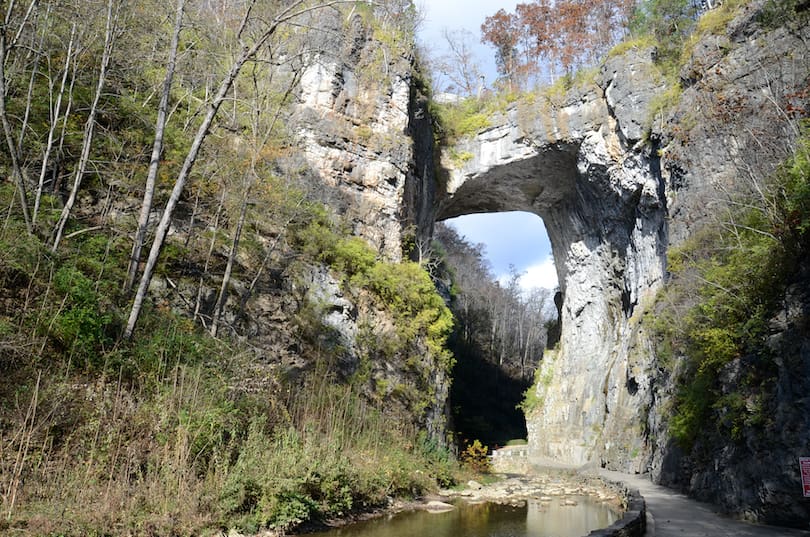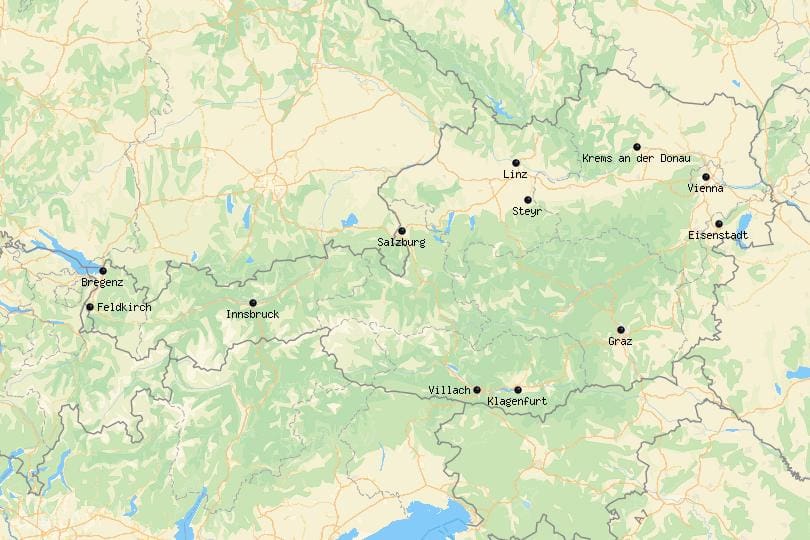Dudhwa National Park is a nature lover’s paradise located in the northern state of Uttar Pradesh in India. Spread over an area of 490 square kilometers, this national park is home to a diverse range of flora and fauna, including some of the rarest and endangered species in the world. The park is known for its dense forests, grasslands, swamps, and marshes, which provide a perfect habitat for a variety of animals and birds. In this article, we will explore Dudhwa National Park and learn about its history, geography, biodiversity, and tourist attractions.
Table of Contents
- Introduction
- History of Dudhwa National Park
- Geography of Dudhwa National Park
- Biodiversity of Dudhwa National Park
- 4.1 Mammals
- 4.2 Birds
- 4.3 Reptiles
- 4.4 Amphibians
- 4.5 Insects
- 4.6 Flora
- Tourist Attractions in Dudhwa National Park
- 5.1 Jeep Safari
- 5.2 Elephant Safari
- 5.3 Bird Watching
- 5.4 Nature Walks
- Accommodation in Dudhwa National Park
- Best Time to Visit Dudhwa National Park
- How to Reach Dudhwa National Park
- Conclusion
- FAQs
1. Introduction
Dudhwa National Park is located in the Terai region of Uttar Pradesh, which is a transitional zone between the Himalayas and the plains of India. The park was established in 1977 and is part of the Dudhwa Tiger Reserve, which also includes the Kishanpur Wildlife Sanctuary and the Katarniaghat Wildlife Sanctuary. Dudhwa National Park is a haven for wildlife enthusiasts and nature lovers, who can witness some of the rarest and endangered species in their natural habitat.
2. History of Dudhwa National Park
The history of Dudhwa National Park dates back to the early 20th century when it was a private hunting reserve for the rulers of the princely state of Oudh. In 1958, the area was declared a wildlife sanctuary, and in 1977, it was upgraded to a national park. The park was declared a tiger reserve in 1987, and in 1998, it was recognized as a biosphere reserve by UNESCO.
3. Geography of Dudhwa National Park
Dudhwa National Park is located in the foothills of the Himalayas and is spread over an area of 490 square kilometers. The park is divided into three zones, namely the core zone, buffer zone, and tourist zone. The core zone is strictly protected and is not open to tourists, while the buffer zone and tourist zone are open for tourism activities. The park is crisscrossed by several rivers and streams, which provide a vital source of water for the flora and fauna.
4. Biodiversity of Dudhwa National Park
Dudhwa National Park is home to a rich diversity of flora and fauna, including some of the rarest and endangered species in the world. The park is known for its tigers, rhinoceros, elephants, swamp deer, and many other animals and birds. Let’s take a closer look at the biodiversity of Dudhwa National Park.
4.1 Mammals
Dudhwa National Park is home to more than 38 species of mammals, including some of the rarest and most endangered species in the world. The park is known for its population of Bengal tigers, which is estimated to be around 100. Other notable mammals found in the park include Indian rhinoceros, sloth bear, leopard, wild elephant, swamp deer, barking deer, sambar deer, spotted deer, and hog deer. The park is also home to smaller mammals such as foxes, jackals, civets, and jungle cats.
4.2 Birds
Dudhwa National Park is a paradise for birdwatchers, with more than 450 species of birds found in the park. The park is home to a variety of resident and migratory birds, including several endangered species. Some of the notable bird species found in the park include Bengal florican, great slaty woodpecker, Pallas’s fish eagle, black-necked stork, white-eyed pochard, and sarus crane.
4.3 Reptiles
Dudhwa National Park is home to a wide range of reptiles, including several species of snakes, lizards, and turtles. The park is known for its population of gharials, which are critically endangered crocodilians found in the rivers of northern India. Other reptiles found in the park include king cobra, common krait, Indian python, and monitor lizard.
4.4 Amphibians
Dudhwa National Park is home to a diverse range of amphibians, including several species of frogs, toads, and salamanders. The park is known for its population of the Indian bullfrog, which is one of the largest frogs in the world.
4.5 Insects
Dudhwa National Park is home to a wide range of insects, including several species of butterflies, moths, beetles, and ants. The park is known for its population of fireflies, which are a spectacular sight to see during the monsoon season.
4.6 Flora
Dudhwa National Park is known for its dense forests, grasslands, swamps, and marshes, which provide a perfect habitat for a variety of plant species. The park is home to more than 1000 species of plants, including several medicinal and aromatic plants. Some of the notable plant species found in the park include sal, teak, khair, jamun, mahua, and semal.
5. Tourist Attractions in Dudhwa National Park
Dudhwa National Park offers a range of tourist attractions for visitors to enjoy. From wildlife safaris to birdwatching, the park has something for everyone. Let’s take a closer look at some of the popular tourist attractions in the park.
5.1 Jeep Safari
Jeep safari is the most popular way to explore the park and witness its wildlife in their natural habitat. The park offers morning and evening jeep safaris, which are accompanied by experienced guides who help visitors spot the animals and provide information about them.
5.2 Elephant Safari
Elephant safari is another popular way to explore the park, especially for those who want to get up close with the animals. Elephant safaris are conducted in the morning and evening and are accompanied by trained mahouts who guide the elephants through the park.
5.3 Bird Watching
Dudhwa National Park is a paradise for birdwatchers, with more than 450 species of birds found in the park. The park offers guided birdwatching tours, which are conducted by experienced birdwatchers who help visitors identify and spot the birds.
5.4 Nature Walk
Nature walks are a great way to explore the park’s flora and fauna up close. Visitors can take a leisurely walk through the park’s dense forests, grasslands, and marshes, while admiring the diverse range of plant and animal species. Nature walks are accompanied by experienced guides who provide valuable insights into the park’s ecology and wildlife.
5.5 Dudhwa Watchtower
The Dudhwa watchtower is a popular spot for wildlife viewing, offering a panoramic view of the park’s grasslands and wetlands. Visitors can climb to the top of the watchtower and observe the animals grazing in the grasslands or basking in the sun near the wetlands.
5.6 Dudhwa Museum
The Dudhwa Museum is a must-visit for those interested in learning about the park’s ecology, history, and wildlife conservation efforts. The museum features exhibits on the park’s flora and fauna, as well as the cultural heritage of the local communities.
5.7 Kishanpur Wildlife Sanctuary
The Kishanpur Wildlife Sanctuary is a nearby wildlife sanctuary that is worth visiting for those interested in exploring more of the region’s wildlife. The sanctuary is home to several species of mammals, birds, and reptiles, including tigers, leopards, sloth bears, and more.
Accommodation in Dudhwa National Park
Dudhwa National Park offers a range of accommodation options to suit all budgets and preferences. The park has several government-run lodges and guesthouses, which offer basic amenities and affordable tariffs. Private resorts and lodges are also available, offering more luxurious facilities such as swimming pools, spa treatments, and fine dining restaurants.
Best Time to Visit Dudhwa National Park
The best time to visit Dudhwa National Park is between November and June, when the weather is pleasant and the park’s flora and fauna are at their best. During the winter months of December and January, visitors can witness the migratory birds that flock to the park in large numbers. The summer months of April and May offer a chance to spot tigers, as they come out in search of water.
How to Reach Dudhwa National Park
Dudhwa National Park is located in the Lakhimpur Kheri district of Uttar Pradesh and is well-connected by road and rail.
By Air
The nearest airport to Dudhwa National Park is the Chaudhary Charan Singh International Airport in Lucknow, which is approximately 240 km away. From the airport, visitors can hire a taxi or take a bus to reach Dudhwa National Park.
By Rail
The nearest railway station to Dudhwa National Park is the Dudhwa railway station, which is approximately 4 km away. The station is well-connected to major cities in Uttar Pradesh such as Lucknow, Varanasi, and Kanpur. Visitors can hire a taxi or take a bus from the station to reach the park.
By Road
Dudhwa National Park is well-connected by road to major cities in Uttar Pradesh and neighboring states. Visitors can hire a taxi or take a bus from cities such as Lucknow, Kanpur, and Delhi to reach the park.
By Bus
The Uttar Pradesh State Road Transport Corporation (UPSRTC) operates regular bus services to Dudhwa National Park from major cities in Uttar Pradesh. Visitors can also hire a private taxi or cab to reach the park.
By Car
Visitors can also drive to Dudhwa National Park by their own vehicle. The park is well-connected by road to major cities in Uttar Pradesh and neighboring states, and ample parking space is available at the park’s entrance.
Conclusion
Dudhwa National Park is a hidden gem in the state of Uttar Pradesh, offering visitors a unique opportunity to experience the region’s rich wildlife and natural beauty. From its population of Bengal tigers to its diverse range of bird species, the park is a paradise for nature lovers and wildlife enthusiasts. With its range of tourist attractions, including jeep and elephant safaris, birdwatching tours, and nature walks, Dudhwa National Park is a must-visit destination for anyone visiting Uttar Pradesh.
FAQs
1. What is the best time to visit Dudhwa National Park?
The best time to visit Dudhwa National Park is between November and June, when the weather is pleasant and the park’s flora and fauna are at their best.
2. Is Dudhwa National Park safe for tourists?
Yes, Dudhwa National Park is safe for tourists, and the park authorities take all necessary measures to ensure the safety of visitors.
3. Can I go on a wildlife safari in Dudhwa National Park?
Yes, visitors can go on wildlife safaris in Dudhwa National Park. The park offers both jeep and elephant safaris, which are accompanied by experienced guides.
4. Are there any accommodation options available in Dudhwa National Park?
Yes, there are several accommodation options available in Dudhwa National Park, including government-run lodges, private resorts, and guesthouses.
5. Can I hire a guide in Dudhwa National Park?
Yes, visitors can hire experienced guides in Dudhwa National Park, who can provide valuable insights into the park’s ecology and wildlife.















Thanks a lot for sharing this with all of us you really know what you are talking about! Bookmarked. Please also visit my site =). We could have a link exchange agreement between us!